Speak with an expert
Have questions about our products? Get in touch with one of our industry experts.

Why employee involvement is the secret to the best protective clothing and safety
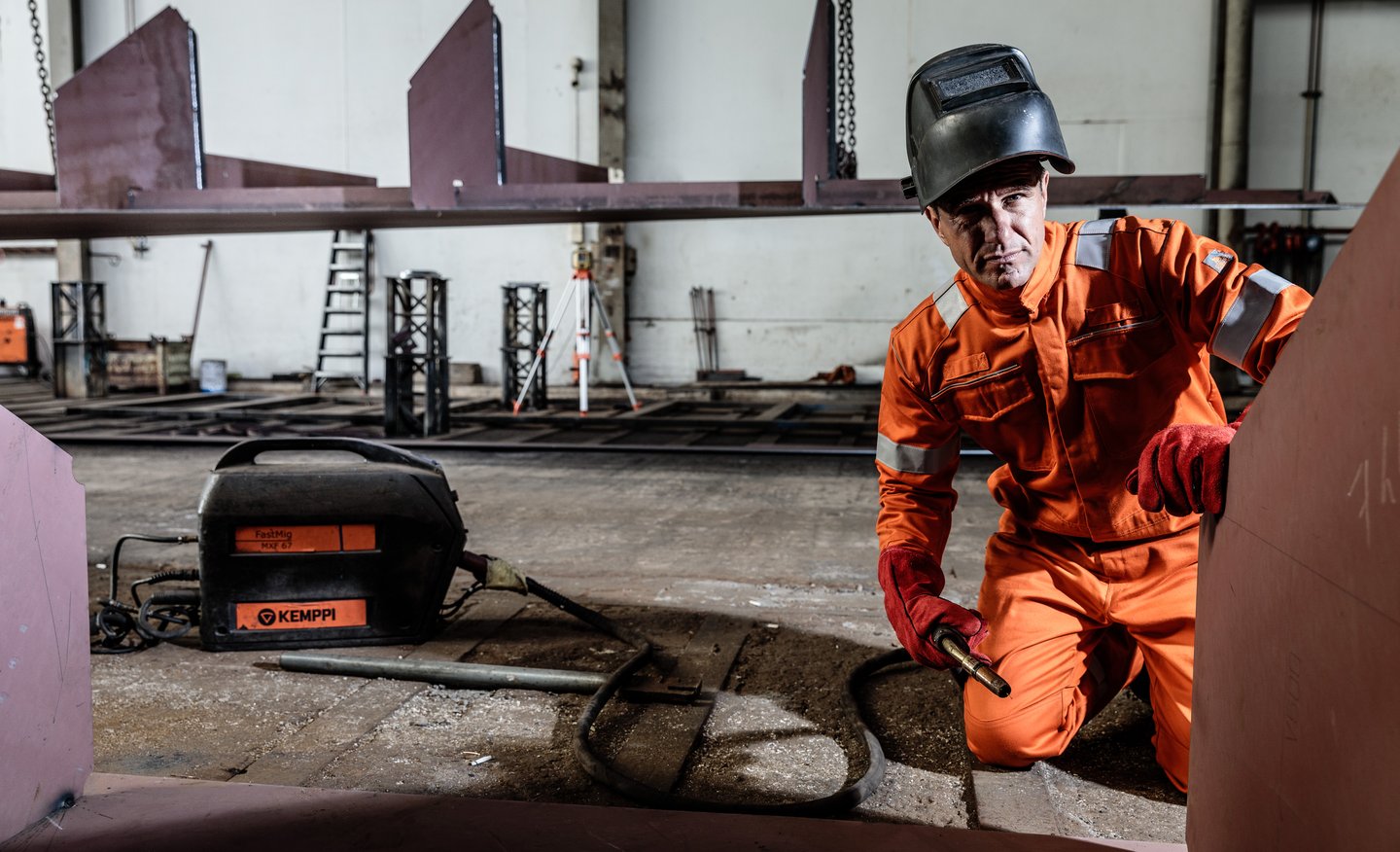
As a driven Health & Safety Manager, you know that there’s a link between safety compliance and employee engagement, but you’re still exploring how to involve your workers in your protective clothing selection process.
Join us as we dive into:
It all comes down to whether your employees feel like their opinions are valued. Engaged employees are more likely to wear their protective clothing confidently and perform their job safely — which is a win-win for you, your company, and of course, your employees themselves.
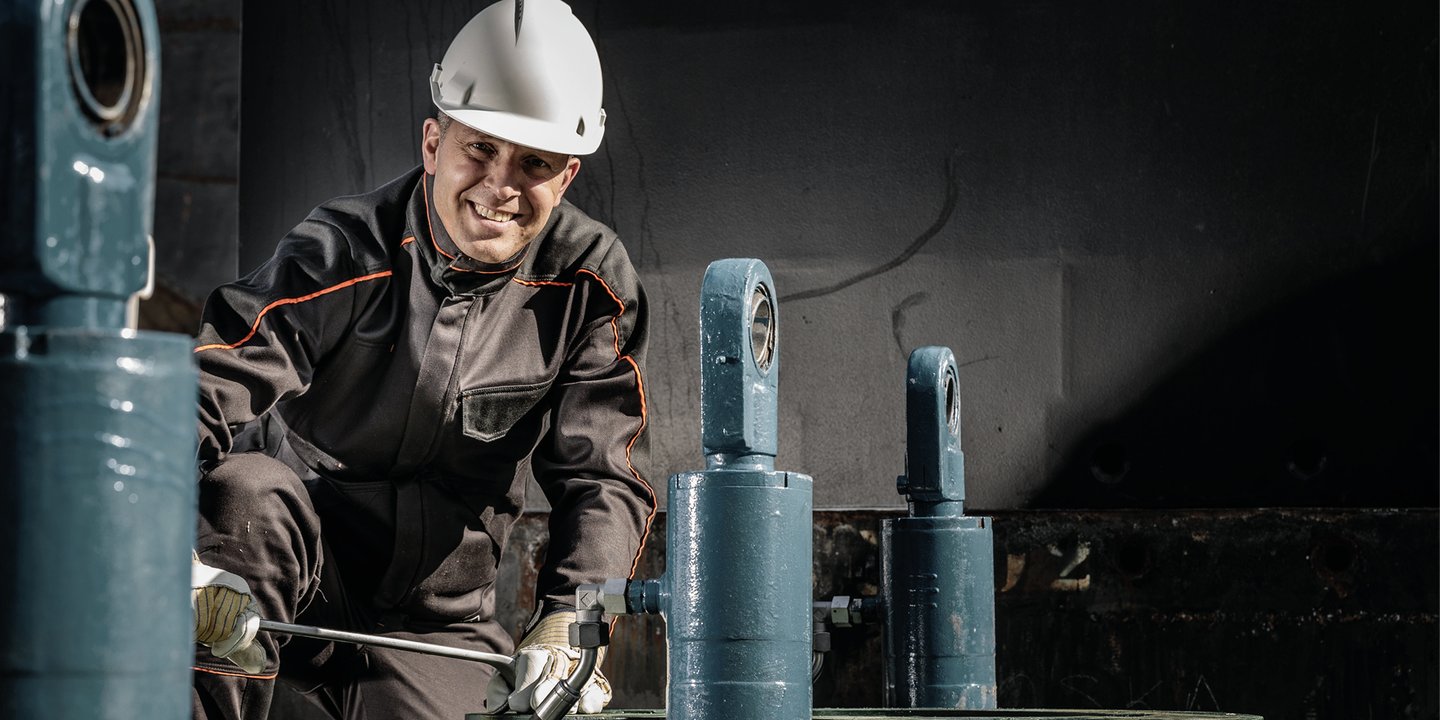
As a Health and Safety Manager, you are responsible for building the culture around a safe workplace. But to really make this happen, the involvement of your employees is crucial. Most workers are very motivated to improve their workplace safety, as they’re the ones who suffer directly when inferior workwear doesn’t provide sufficient protection. But do they feel invited to chime in with their valuable input?
Encouraging employee participation is an underutilised, but very effective strategy for improving your overall safety culture. Even the most experienced Health and Safety Manager will never be able to achieve it alone, so why not reach out to employees on the work floor? They’re the ones with detailed knowledge and practical experience on how their protective clothing helps or hinders them from performing their job safely. Working together throughout your protective clothing selection process will ultimately ensure you’re able to make the best choice.
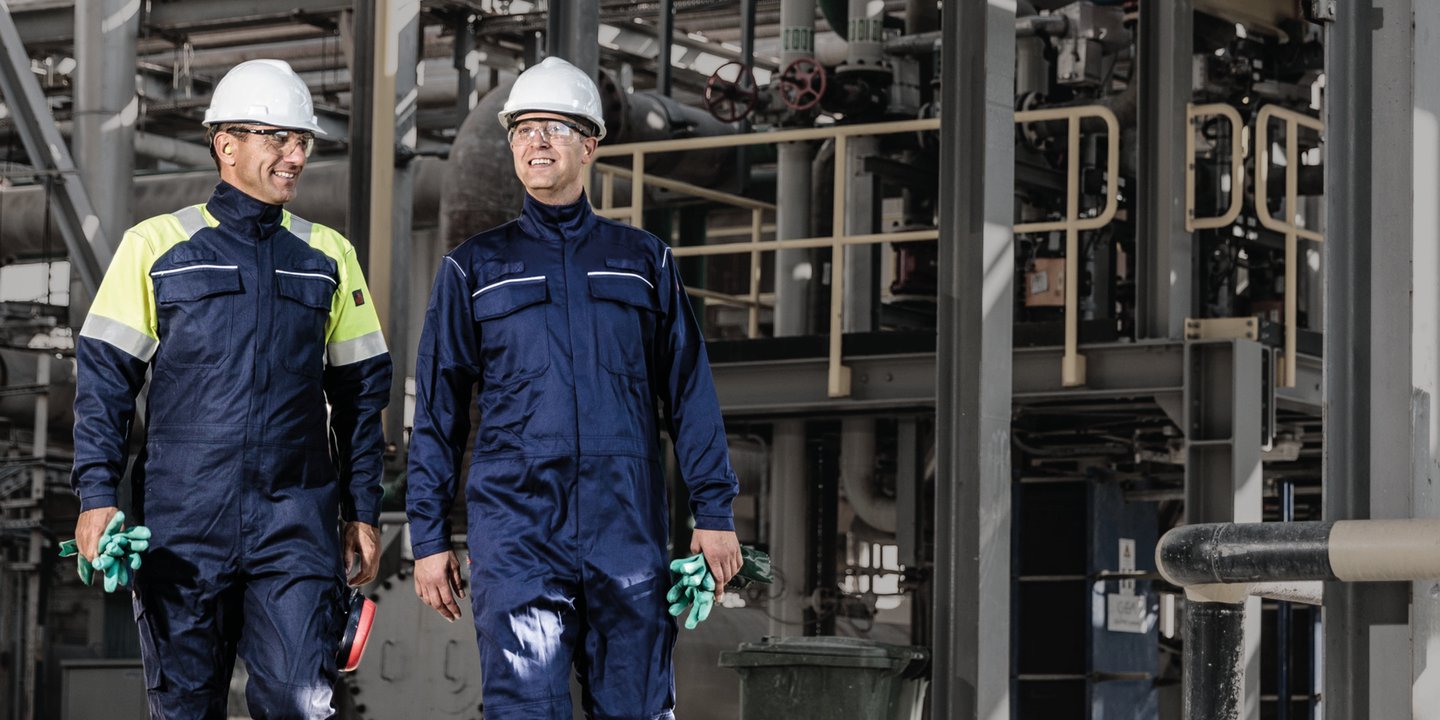
As a Health and Safety Manager, you are responsible for building the culture around a safe workplace. But to really make this happen, the involvement of your employees is crucial. Most workers are very motivated to improve their workplace safety, as they’re the ones who suffer directly when inferior workwear doesn’t provide sufficient protection. But do they feel invited to chime in with their valuable input?
“There are only two ways to influence human behavior: you can manipulate it or you can inspire it."
Simon Sinek
Protective clothing is your workers’ first line of defense against potential hazards on the job, so encourage them to identify their own emotional “why” which motivates them to always wear their protective garments correctly and avoid taking risks. This could be, for instance, in order to return safely to their families each night.
Understanding how to influence group behaviour is also a big part of your job as Health & Safety Manager. Encourage your employees to look out for each other and report unsafe behaviour. Educate them on the fact that keeping yourself safe means keeping everyone safe, and vice-versa.
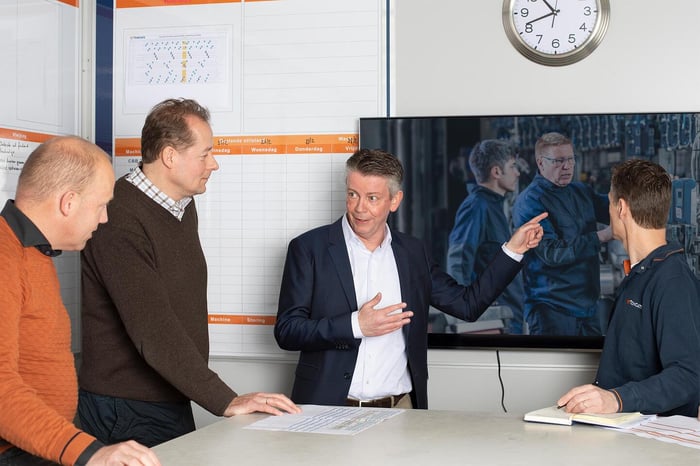
Finally, take every opportunity throughout the workday to keep safety top of mind, both formally and informally. The key to making safety education stick is repetition, repetition, and repetition.
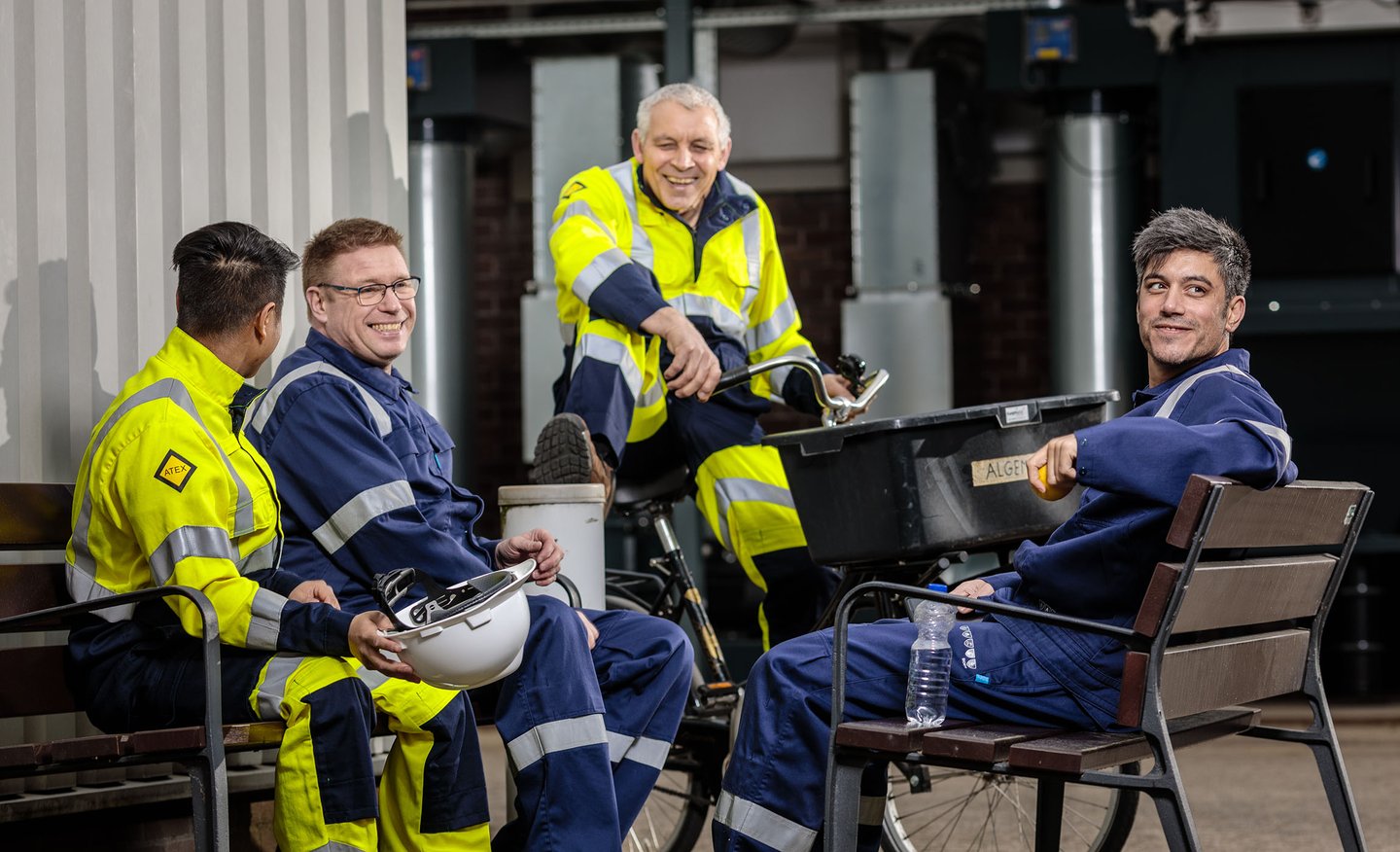
Selecting new protective clothing isn’t a one-man job — it’s a team effort! That makes it essential to get the right people involved as early in the selection process as possible. But once you’ve identified your stakeholders, how do you get their buy-in for new protective clothing?
If you can trigger their own specific motivation to understand why this project matters to them, you’ll be rewarded with much higher levels of buy-in. Your purchaser, for instance, is likely most motivated by costs and the bottom line. You can make them feel like an essential part of the selection process by getting their input on the project budget while your tender is being drafted, rather than treating it as an afterthought for later.
It might feel like a puzzle to negotiate all the different interests at play, but being upfront about the process and everyone’s role is the best way to avoid miscommunication and project delays. Selecting new protective clothing is a relatively long process, but getting the right stakeholders involved early on will significantly smooth out the road ahead. At the end of the day, you simply can’t afford to start your protective clothing tender without employee engagement and buy-in.
It’s common for companies to get caught up in the selection process and forget to consult the people who’ll be most directly impacted by the protective garments: the wearers! The wearers are very important stakeholders, so treat them as such by doing your best to get their buy-in at all stages of the process. The more involved they feel, the more likely they are to contribute to a zero injury safety culture at your company.
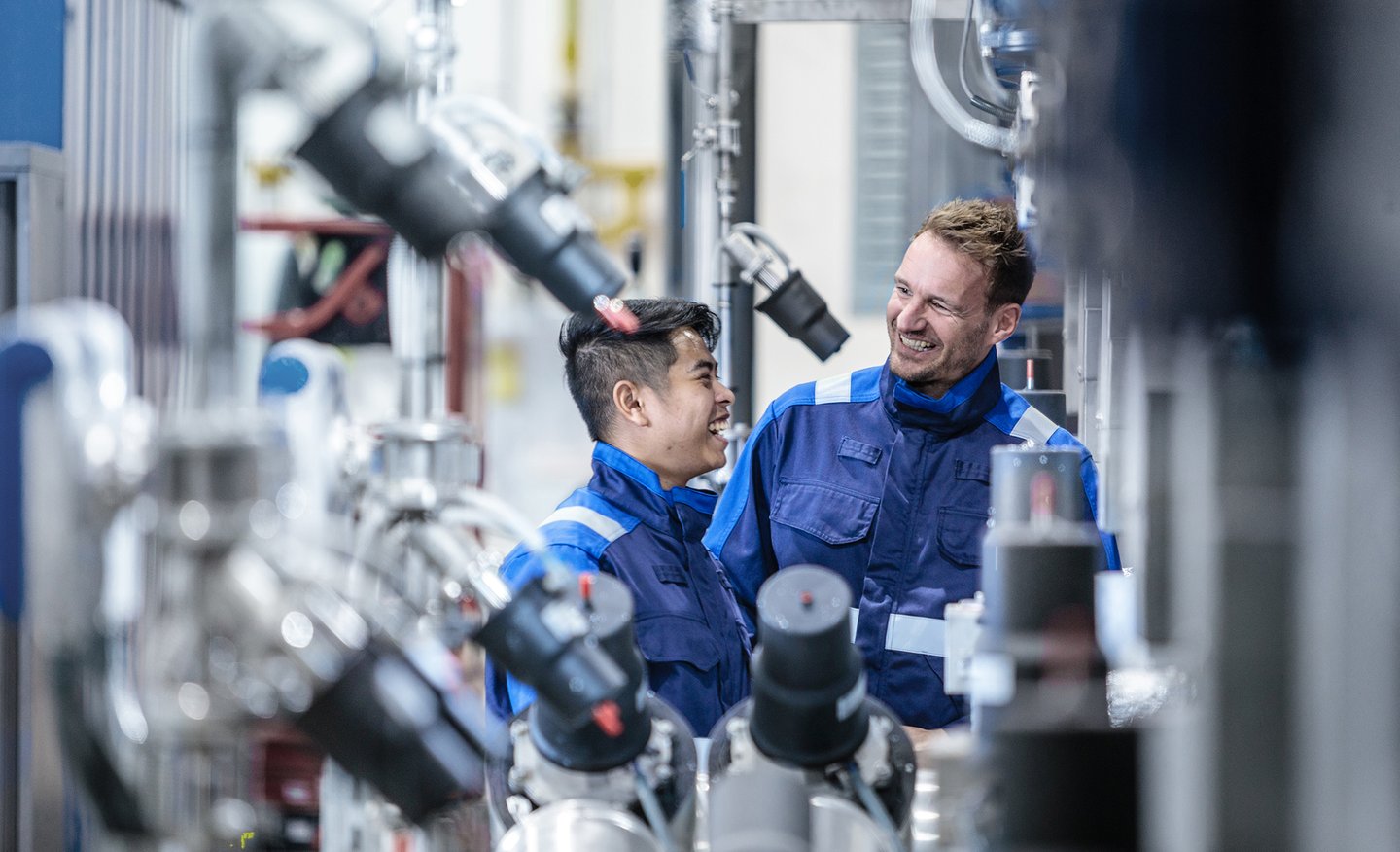
Your workers are the ones who wear protective clothing all day long, so it makes sense that they’d have valuable insights to share with you, right? Not only is an employee who feels heard and seen a happy employee, but a happy employee is a safe employee. Research shows a link between high engagement and safety compliance, so why is it still so rare for companies to involve their employees in the protective clothing selection process?
Maybe you’re unsure where to begin, or which questions to ask. An independent audit can facilitate the process for you by gathering insights from your workers. It also sends a powerful signal to your employees that you care about their honest opinions and their comfort on the job.
As you kick off your protective clothing tender, take the time to ask your employees questions like:
They may feel more comfortable sharing their honest feedback anonymously to a third party in a private interview, rather than in a group setting or through a feedback form. This kind of in-depth discovery is another benefit an independent audit can provide you with.
Once there are new garment options on the table, are you performing a wear trial to ask your employees “Do you feel safe wearing this garment? Are you comfortable? Can you move freely?” These questions dive into the wearer’s “soft” or subjective experience of the garment, which matter just as much as the garment’s hard technical specs and performance. Feeling uncomfortable and unsafe can make a worker feel like his opinion doesn’t matter, or even worse, that safety doesn’t matter.
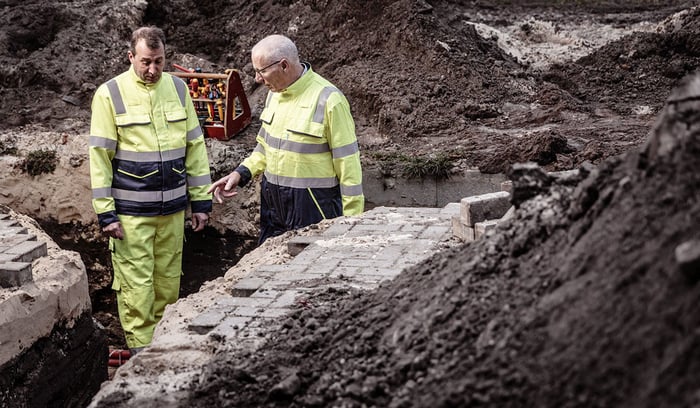
It’s very important to realise a “one size fits all” approach doesn’t apply when it comes to comfort. What feels comfortable to one person, may not to another person. That’s why it’s so important to do a thorough job of collecting feedback from your employees — they’re all unique individuals who deserve to have a say.
Once you’ve gone to the effort of listening to your workers, the obvious next step is to DO something with their feedback. Put your money where your mouth is by taking action on complaints and suggestions for improvement. Taking your employees’ input seriously is the best way to show that you care about their satisfaction.
As a Health & Safety Manager, your primary responsibility is to create a strong safety culture for your company, and more specifically, for the employees you manage. Choosing high-performing protective clothing is an important part of your role, but are you also prioritising comfort alongside safety?
It’s not an either/or scenario: comfort and safety go hand in hand when it comes to keeping your workers protected! A worker who feels comfortable in their protective clothing is much more likely to wear it correctly and safely throughout their shifts.
What do we mean when we talk about comfort? We’re referring to:
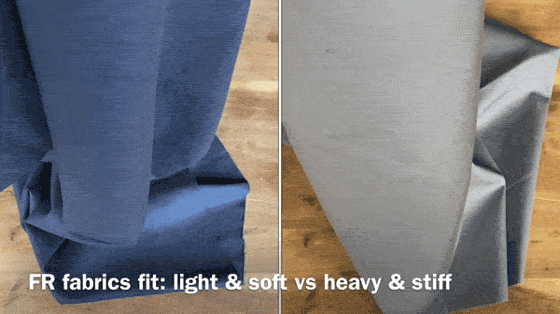
Each of these elements has an effect on the wearer’s perceived comfort levels. Comfort can also vary in different climates and working environments — for instance, a heavy protective garment can be too hot to carry out strenuous activities in warmer climates.
By listening to your employees’ requests around comfort in your protective workwear selection process, you empower them to take responsibility for their own safety by wearing their workwear correctly. If you miss out on comfort, you’ll only increase the chance of injuries on the workfloor.

You’re now sold on the idea of involving your employees in your protective workwear selection process, but how do you translate the wearer input you’ve collected into a final product? Many Health & Safety Managers struggle to know what their options are when it comes time to draft specifications for new protective clothing.
Starting with a risk assessment of the hazards in your work environment is a must, so that you can identify the specific safety standards that apply to you. Once you’re aware of the norms you need to comply with, you’ll be one step closer to choosing the best solution for your situation.
Even when fully complying to industry safety norms, you’ll often have different solutions to choose from within the norm. There are many different types of FR protective fabrics, for instance, just as there are many multi-risk protective fabrics with multiple applications. With so many options on the table, how can you be confident that you’re making the most informed choice? A protective fabrics supplier can offer you independent advice on which solutions in the market perfectly match your specific needs.
Besides performing a third-party audit on your current solution and giving you the information you need to make a data-driven choice, a protective fabrics supplier can also help you compare your top options side by side and test them for performance.
The more specific you’re able to get during your selection process, the more protected, comfortable and satisfied your employees will be with their new protective workwear. To go the extra mile and give your employees well-fitted clothing they’ll want to wear day in and day out, don’t forget to bring garment design into the picture. Custom designs that take fit and feel into account will always be the most comfortable, and thus the safest.
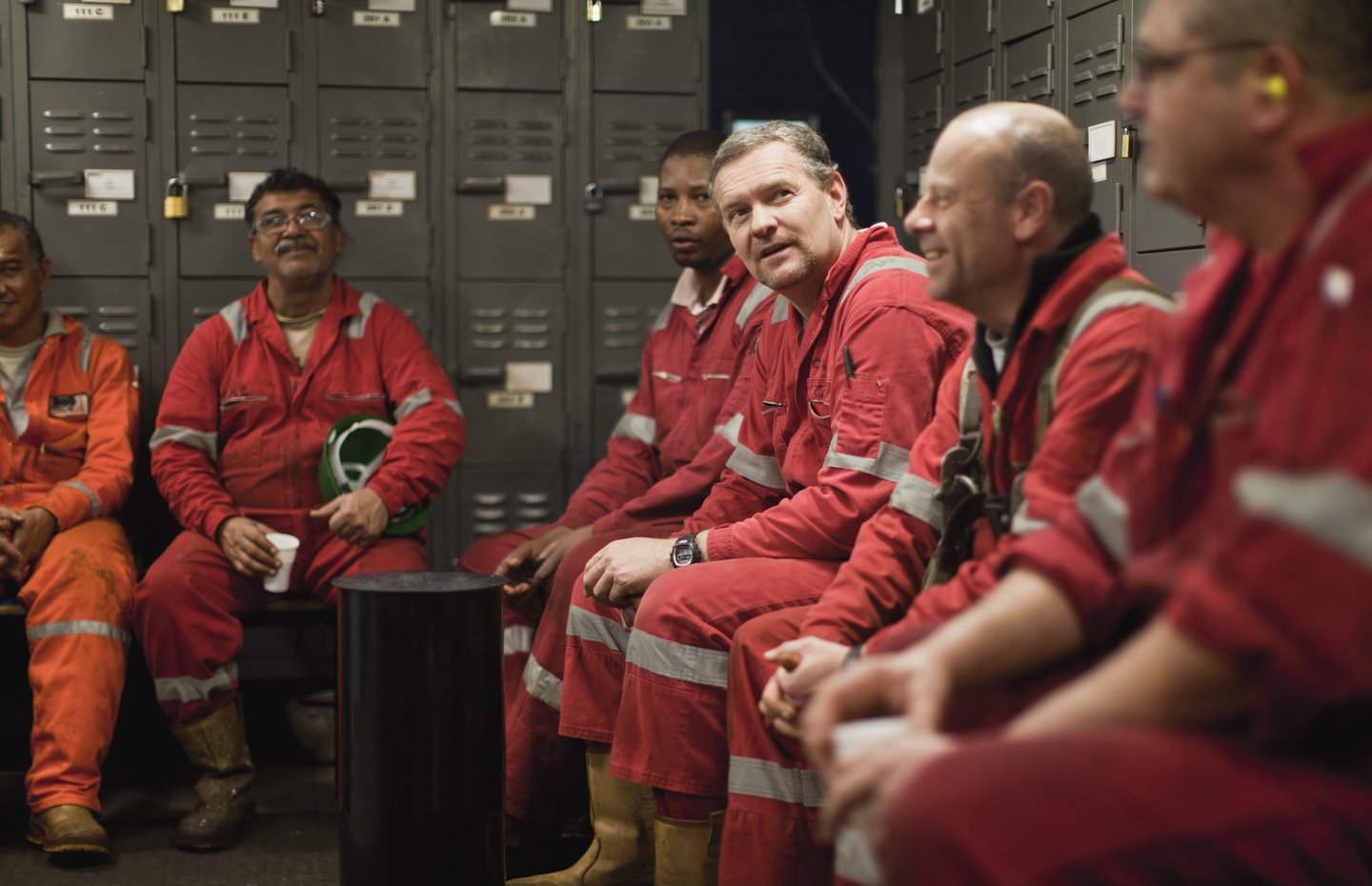
Rather than copy-paste the same specifications from your last protective workwear tender, why not look for new inspiration from the latest trends?
![6 Industry trends [EN]](https://eu.tencatefabrics.com/hubfs/EU%20-%20Images%20website/EU%20-%20Mock-up%20nieuwe%20afmetingen/6%20Industry%20trends%20%5BEN%5D.png)
Inspired by sportswear and leisurewear, the latest protective workwear trends focus on comfortable, fitted garments that allow freedom of movement and provide moisture management all day long.
Why is this so important? Studies have shown that workers are less likely to wear their protective clothing correctly if it’s uncomfortable or hot. An unbuttoned overall or unzipped jacket can be catastrophic in the event of an accident. This makes comfort an issue of safety compliance, not just wearer preference.
Another protective clothing trend making a splash relates to how a garment looks, not just how it feels or how it performs. Protective fabrics suppliers are using new technology to create durable fabrics that don’t lose their colour or shape, even after frequent washing. These days, employees want to look good on the job. Protective clothing that fits well and retains its looks meets that goal. It also inspires employee involvement and brand recognition around the world, thanks to a more consistent global corporate image that your employees are proud to be a part of.
A third protective workwear trend relates to the price-quality ratio of protective fabrics. Companies like the Damen Shipyards Group are choosing to take a different approach to purchasing, looking beyond the price tag to prioritise quality, durability, and performance over time. They thoroughly test their protective fabrics options for a more holistic understanding of the product’s lifetime value, rather than looking at upfront costs alone. This allows them to make major improvements to their safety culture.
Keeping a finger on the pulse of new industry trends is a great way to boost employee satisfaction. It signals to your workers that you care about providing them the best protection in every situation.

It’s not uncommon to hear employees say "This is the first time I’ve ever been asked to give my opinion” during a protective clothing audit.
● An audit gives you the chance to get clear insights into the needs of your workers, as well as assess your current protective clothing and work stations.
● An audit takes the stress out of the decision-making process for you, by giving you solutions based on your own trustworthy data.
● Finally, an audit signals to your employees that you care about improving their experience. You’ll be surprised by what you can learn by listening to the voice of the wearer!
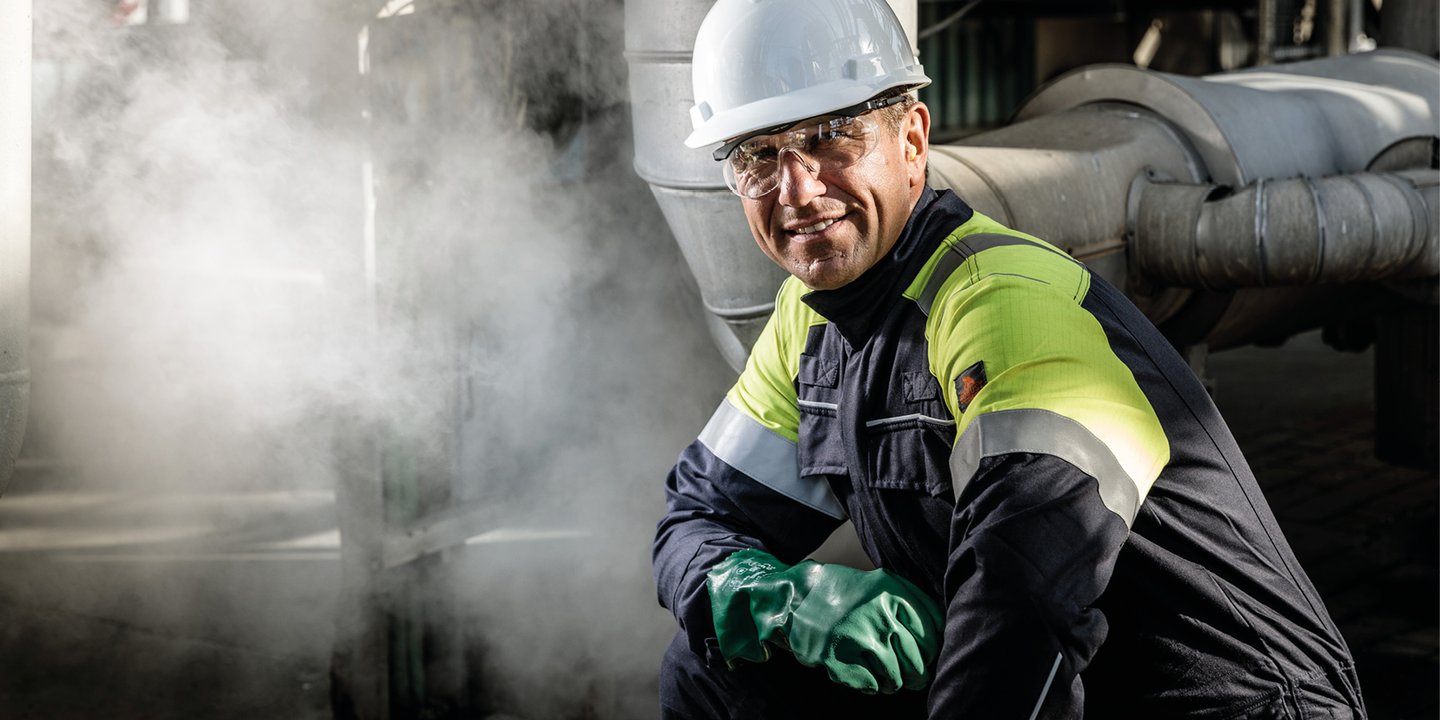
These are our five top takeaways to help you involve your employees more throughout the protective clothing selection process and beyond.
Whether it’s during your daily standup meeting, or during a protective clothing audit, take the time and care to set up an environment where your employees feel like they can share honest feedback. So many workers wear their protective clothing incorrectly because it’s heavy, uncomfortable, or hot, but never share this feedback for fear of the response it might get. Open the floor for your employees to raise concerns that are keeping them from working comfortably and safely.
Once you’ve successfully chosen a new protective clothing solution, make the effort to educate your employees during the rollout. By visiting each department and clearly explaining the features and benefits of your new garments, you’ll make them feel involved and help them take responsibility for their own safety on the job. Employees will only wear the new solution confidently if they understand how it protects them.
As a Health & Safety Manager, it’s your job to listen to, focus on, and act on behalf of your workers — they’re the ones who wear the protective clothing every day.
It’s worth repeating. It all comes down to giving your employees the platform to speak up about their experience, their comfort, and their insights on how to improve your protective clothing.
That’s right, that’s how important this one is! Engage with your employees and learn from them! The voice of the wearer truly is your secret to building a stronger safety culture.
Stay up to date on the latest innovations in protective fabrics.
G. van der Muelenweg 2
7443 RE Nijverdal
The Netherlands
T +31(0)548 633 922
© 2025 TenCate Protective Fabrics